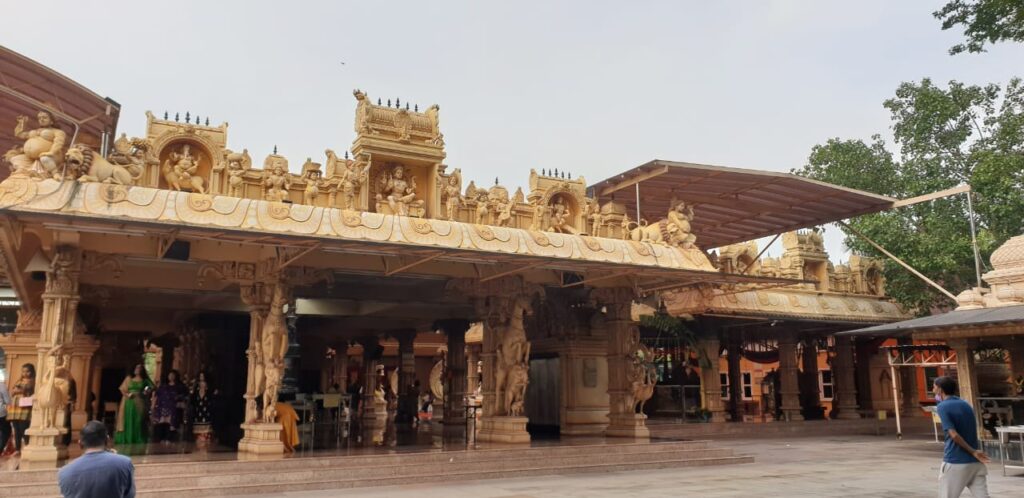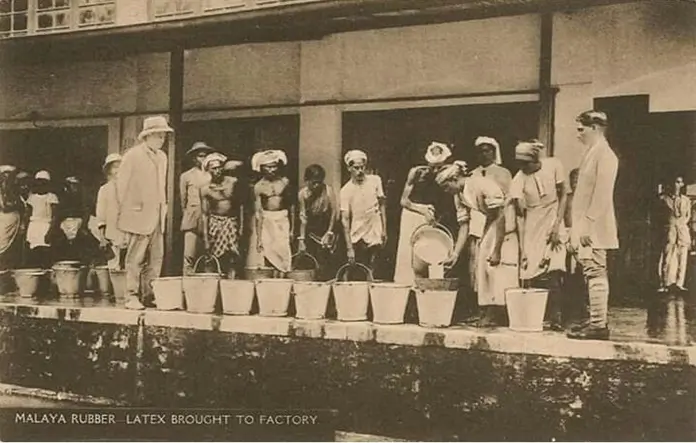
Government must protect temples built on former estate lands
Scattered across Malaysia’s urban center, edges and former plantations stand temples that are far more than stone structures, they are the enduring legacy of indentured laborers from South India. Brought to Malaya under British colonial rule to toil on rubber estates, these Tamil workers faced exploitation akin to slavery. Amid their hardship, they built shrines to deities like Mariamman, Muniswaran and Murugan, creating sanctuaries of faith, identity, and resilience. As urban development encroaches, these temples face demolition. The Malaysian government must step up as their primary protector, ensuring these sacred sites are preserved, not erased.
In the 19th and early 20th centuries, indentured laborers endured grueling labor, debt bondage, and systemic abuse. Yet, they carved out spaces of hope, small estate temples where they prayed, celebrated festivals, and preserved Hindu traditions. These sites were lifelines, fostering community, solace and resisting cultural erasure. Today, as cities expand, these once-hidden temples stand majestic amid modern developments, their visibility a reminder of Malaysia’s multicultural roots. But this visibility brings risk, with development projects threatening their existence.

These temples are living history, holding the stories of a displaced people who turned suffering into sacred spaces. They remain vibrant hubs for Malaysian Hindus, where rituals and festivals connect generations to their heritage. Protecting them is a vital chapter of Malaysia’s story, one the government has a duty.
The Malaysian government can lead the charge by granting these temples stronger legal status, enforcing strict anti-demolition or relocation policies, and integrating them into urban planning. Community efforts and public awareness can support this, but the state’s authority is crucial to counter profit-driven development. These temples are not relics but the heartbeat of a community’s identity. We urge the government: be their guardian, not a bystander.
G. Raagavendran
Author’s Note: The term “indentured labourers” was a British colonial euphemism, a calculated veneer to mask the brutal reality of slavery. These Tamil workers, coerced into exploitative contracts, faced conditions of servitude that demand historical reckoning, not sanitization.